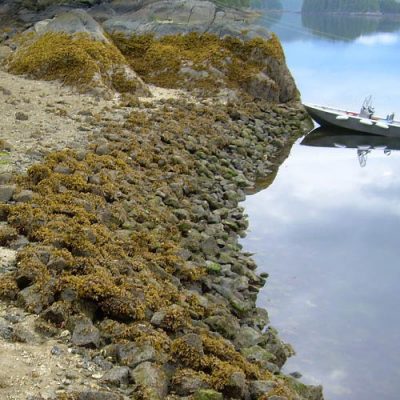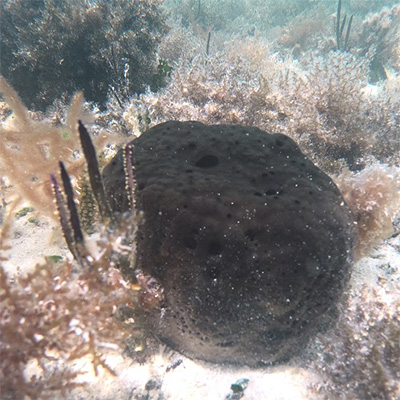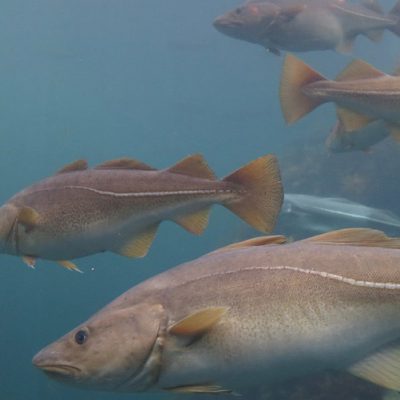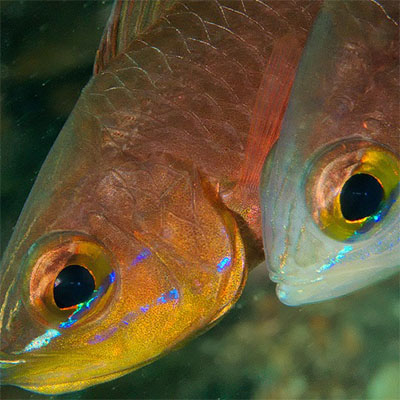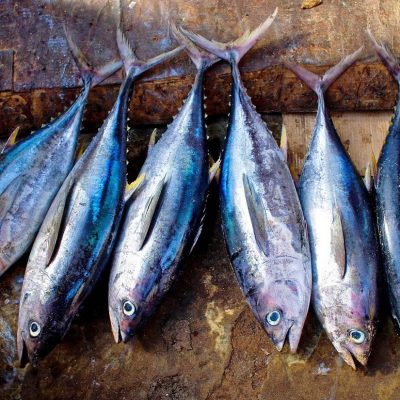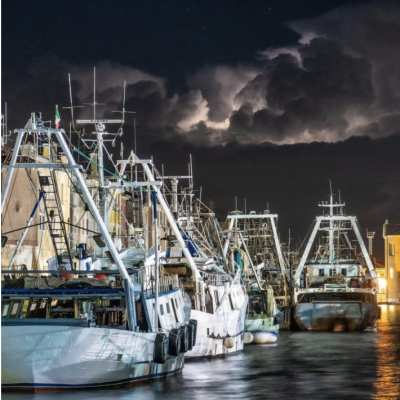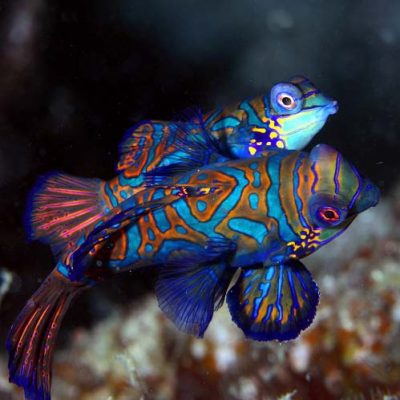New research pinpoints ‘blue corridors’ for highly migratory fish
New research has pinpointed four high-traffic areas in the Pacific Ocean that should be considered of high priority for the conservation of tuna, blue marlin and swordfish.
New sea garden story map showcases Indigenous mariculture practices across the Pacific
The living map synthesizes information about ancestral mariculture across the Pacific Ocean and describes the work that a number of communities are undertaking to reawaken diverse sea gardens.
New measurements shows seadragons grow slowly, but in a fashion similar to other bony fish
Despite their odd shape, which makes them resemble a tuft of seaweed, common and leafy seadragons grow in the same fashion as other bony fish, new research has found.
Sea sponges need oxygen, as fish and people do
New research indicates that sea sponges’ growth depends on their oxygen supply, in a manner similar to more complex animals such as fishes.
New model helps predict climate change-induced early spawning by fish
Fisheries managers and researchers may now predict how early fish will spawn in response to warming waters due to climate change, both in the oceans and in freshwaters.
Data confirm link between respiratory stress and fish reproduction
A consistent metabolic ratio found across 133 Chinese marine and freshwater fish species provides new evidence in support of the idea that fish become sexually active – and spawn for the first time – in response to growth-induced respiratory stress.
Estimating the biomass of commercially exploited fisheries stocks left in the ocean
This new Fisheries Centre Research Report (FCRR) presents the key results of a multi-year activity of the Sea Around Us devoted to assessing the status of marine fisheries globally.
Nearly 300 scientists ask the WTO to ban harmful fisheries subsidies
The researchers feel the WTO could use their upcoming meeting to sign an agreement that forbids such harmful practices, while allowing for small-scale, sustainably managed wild fisheries.
What really makes fish become sexually active
“What I think really makes fish spawn for the first time is the increasing oxygen stress that growing fish experience,” Daniel Pauly said
Dr. Daniel Pauly’s extraordinary life and work revealed in new book
Dr. Daniel Pauly is the world’s most-cited fisheries scientist, but life for the UBC professor has been far from easy. Now, readers can learn more in his biography, The Ocean’s Whistleblower.

